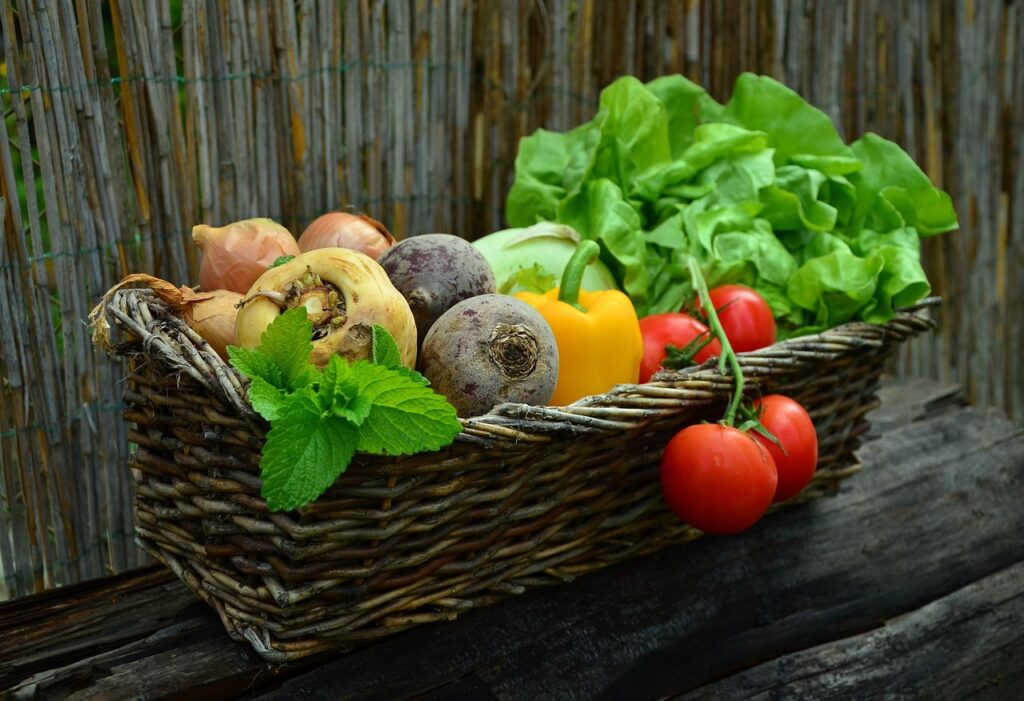
Vegetable gardening is a wonderful hobby you can enjoy and get fresh vegetables from. It is a rewarding and sustainable way to enjoy fresh produce, even for beginners. In Pakistan, vegetable gardening is more than just a hobby; it’s a way of life deeply rooted in tradition and sustainability. With its diverse climate, ranging from the fertile plains of Punjab to the arid zones of Balochistan, Pakistan offers unique opportunities for cultivating a variety of vegetables year-round. Due to the troubled economic situation vegetable gardening is getting more attention. More people want to grow their food to save money and save themselves from harmful chemicals sprayed on vegetables on commercial farms. If you’ve always dreamed of growing your own fresh, organic vegetables but don’t know where to start, you’re in the right place. This guide will walk you through everything you need to know to get started, from selecting a location to maintaining your garden.
Table of Contents
ToggleWhy Start a Vegetable Garden?
There are many reasons to grow your own vegetables:
- Freshness: Nothing beats the taste of freshly picked produce.
- Health: Growing your own food ensures it’s free from harmful chemicals.
- Sustainability: Reduce your carbon footprint and cut down on food waste.
- Budget-Friendly: Save money on groceries by growing your own food.
- Therapeutic Benefits: Gardening is a relaxing and rewarding hobby.
Discover the best winter vegetables to grow in Pakistan and learn how to cultivate fresh, seasonal produce in your home garden with our guide: https://eddysgreencorner.com/a-complete-guide-for-growing-winter-vegetables-in-pakistan/
Follow these steps for an amazing vegetable garden.
Step 1: Choosing the Right Location
The success of your vegetable garden depends on selecting the ideal location:
- Sunlight: Most vegetables need 6-8 hours of direct sunlight daily. Choose a sunny spot in your yard.
- Good Soil: The soil should be well-drained and rich in organic matter. If your soil isn’t ideal, consider raised beds or containers.
- Water Access: Ensure your garden is close to a water source for easy irrigation.
Pro Tip: Avoid low-lying areas that may collect water and cause root rot.
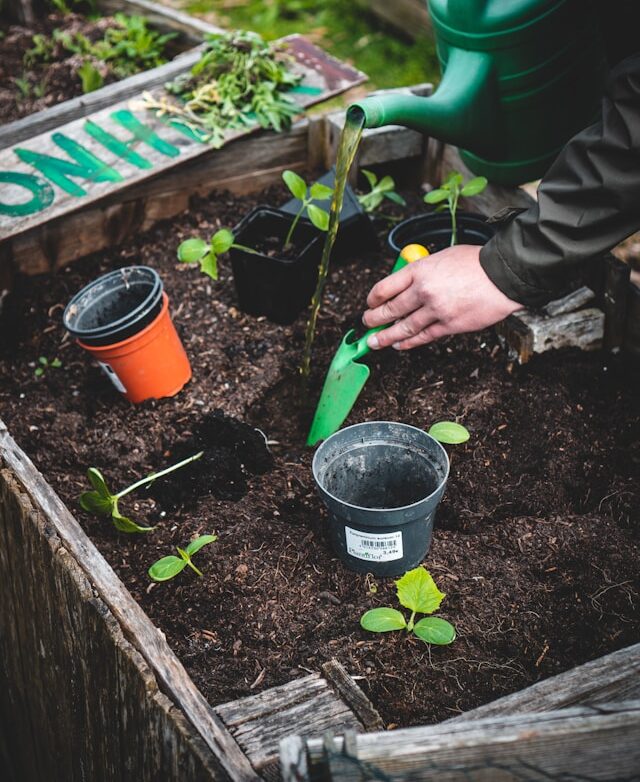
Step 2: Planning Your Garden Layout
Planning your garden layout ensures efficient use of space and better crop yields. Here are some beginner-friendly layout ideas:
- Row Gardening: Plant vegetables in neat rows, leaving space for walking paths.
- Square-Foot Gardening: Divide your garden into 1-foot squares and plant one crop per square for easy organization.
- Container Gardening: Ideal for small spaces, containers allow you to grow vegetables like tomatoes, peppers, and herbs on patios or balconies.
Spacing Matters: Check seed packets for recommended spacing to prevent overcrowding.
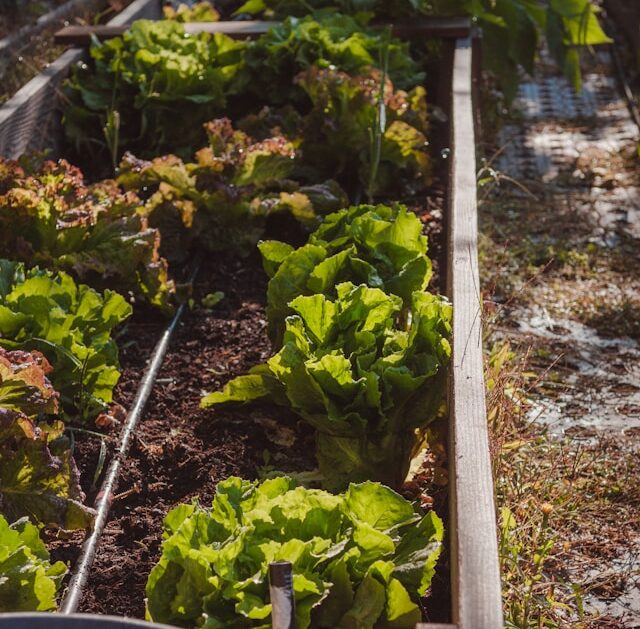
Step 3: Choosing Your Crops
Start with easy-to-grow vegetables that thrive in your local climate. Here are some beginner-friendly options:
- Leafy Greens: Lettuce, spinach, and kale grow quickly and are low-maintenance.
- Root Vegetables: Radishes, carrots, and beets are great for first-time gardeners.
- Herbs: Basil, parsley, mint, and cilantro add flavor to your meals and are easy to grow in small spaces.
- Fruiting Vegetables: Tomatoes, cucumbers, and zucchini are rewarding and versatile.
Pro Tip: Grow what you love to eat! There’s no point in planting vegetables you won’t enjoy.

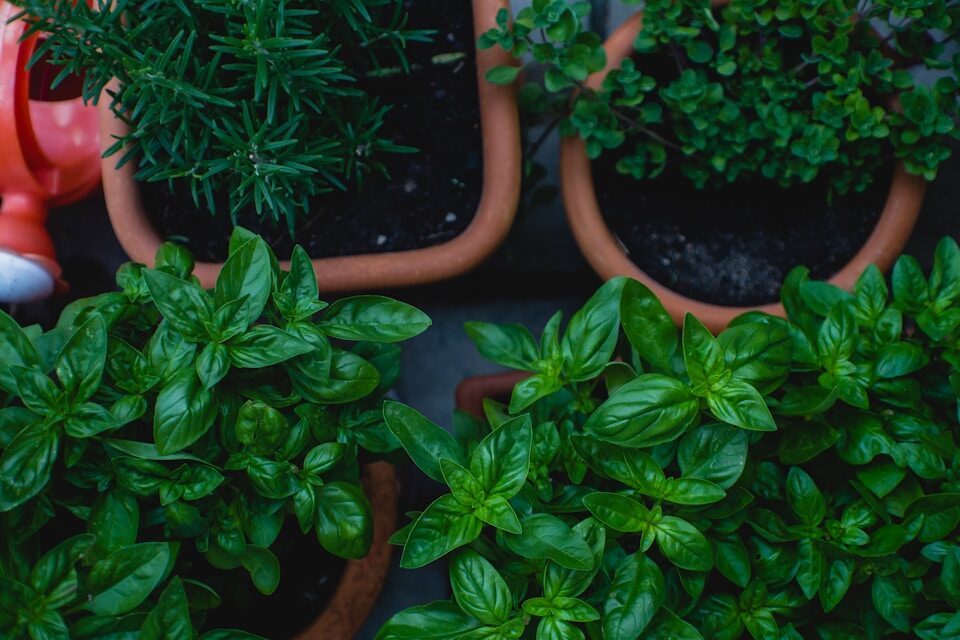
Step 4: Preparing Your Soil
Healthy soil is the foundation of a successful garden. Follow these steps:
- Test Your Soil: Use a soil testing kit to check pH and nutrient levels. Most vegetables prefer a slightly acidic pH of 6.0-7.0.
- Add Compost: Mix organic compost into your soil to improve fertility and structure.
- Remove Weeds: Clear all weeds and debris before planting.
Pro Tip: If your soil quality is poor, consider using a mix of garden soil and compost in raised beds or containers.
Step 5: Planting Your Garden
Once your soil is ready, it’s time to plant! Follow these steps:
- Read Seed Packets: Follow the instructions for planting depth, spacing, and watering.
- Plant in Stages: For a continuous supply of fresh vegetables, avoid planting all seeds at once. Instead, plant them in stages with a gap of a few weeks between each batch. For example, sow lettuce seeds every two weeks to ensure a steady harvest over time.
- Water Regularly: Keep the soil moist but not waterlogged. Morning is the best time to water, but if you live in a dry place watering at evening or night is best so more water is available for plants and is not evaporated.
Pro Tip: Use mulch to retain moisture, suppress weeds, and regulate soil temperature.
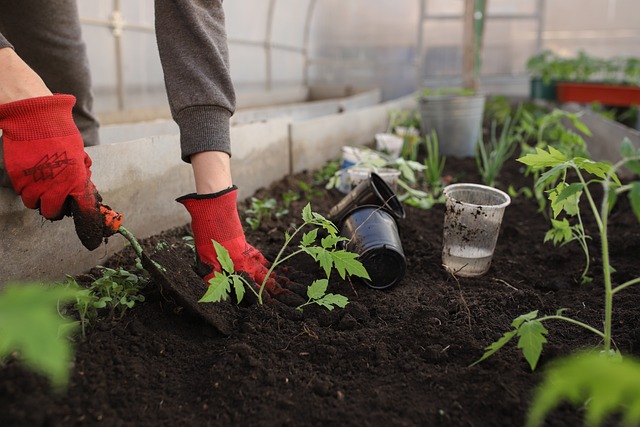
Step 6: Maintaining Your Garden
Proper care ensures a thriving garden. Here’s how to maintain your vegetable patch:
- Watering: Check soil moisture regularly and water deeply to encourage strong root growth.
- Fertilizing: Use organic fertilizers like compost tea or fish emulsion to feed your plants.
- Weeding: Remove weeds promptly to prevent competition for nutrients.
- Pest Control: Use natural methods like neem oil or companion planting to deter pests.
Pro Tip: Inspect your plants regularly for signs of disease or pests.
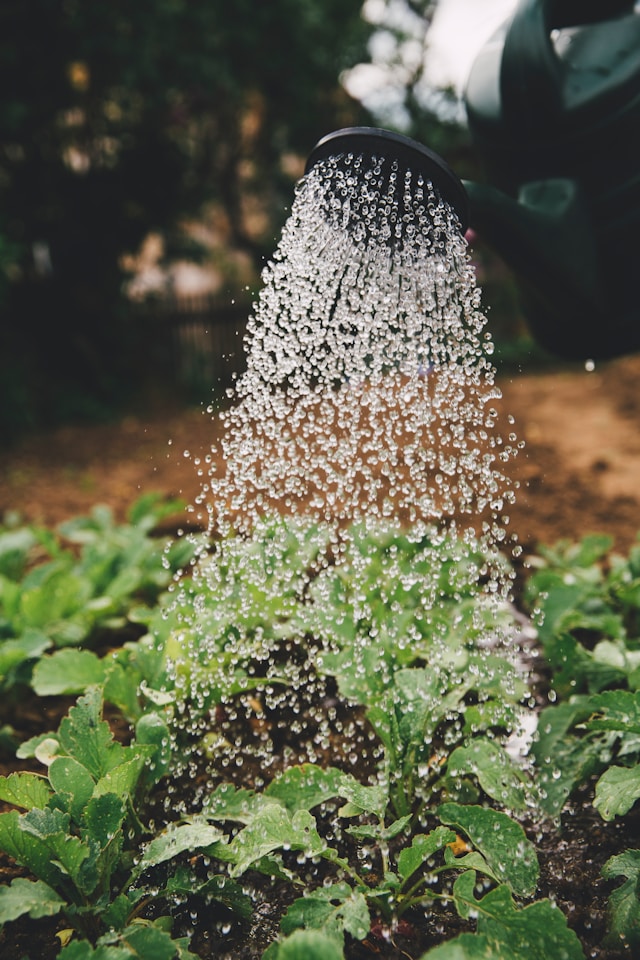
Step 7: Harvesting Your Vegetables
The most rewarding part of gardening is harvesting your crops. Follow these tips:
- Harvest Early: Pick vegetables in the morning when they are crisp and hydrated.
- Know When to Harvest: Refer to seed packets or plant guides for specific harvest times.
- Handle with Care: Use scissors or pruning shears to avoid damaging plants.
Pro Tip: Harvest frequently to encourage continuous production.
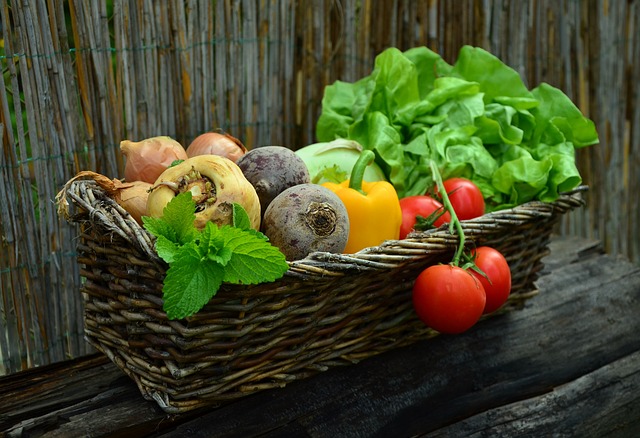
Common Beginner Mistakes to Avoid
- Overcrowding: Follow proper spacing guidelines to prevent disease and stunted growth.
- Overwatering: Too much water can lead to root rot and fungal diseases.
- Ignoring Pests: Regularly inspect your plants and address pest issues promptly.
- Planting Too Much: Start small and expand as you gain experience.
Conclusion
Starting a vegetable garden may seem difficult, but it’s a rewarding and fulfilling experience. By following this guide, even beginners can create a thriving garden filled with fresh, delicious produce. With time and practice, you’ll gain the confidence and skills to expand your garden and enjoy the countless benefits of growing your own food. So grab your gardening tools, get your hands dirty, and embark on your journey to a greener lifestyle today!
We would love to hear your feedback and suggestions—please share your comments and let us know how we can assist you further!
